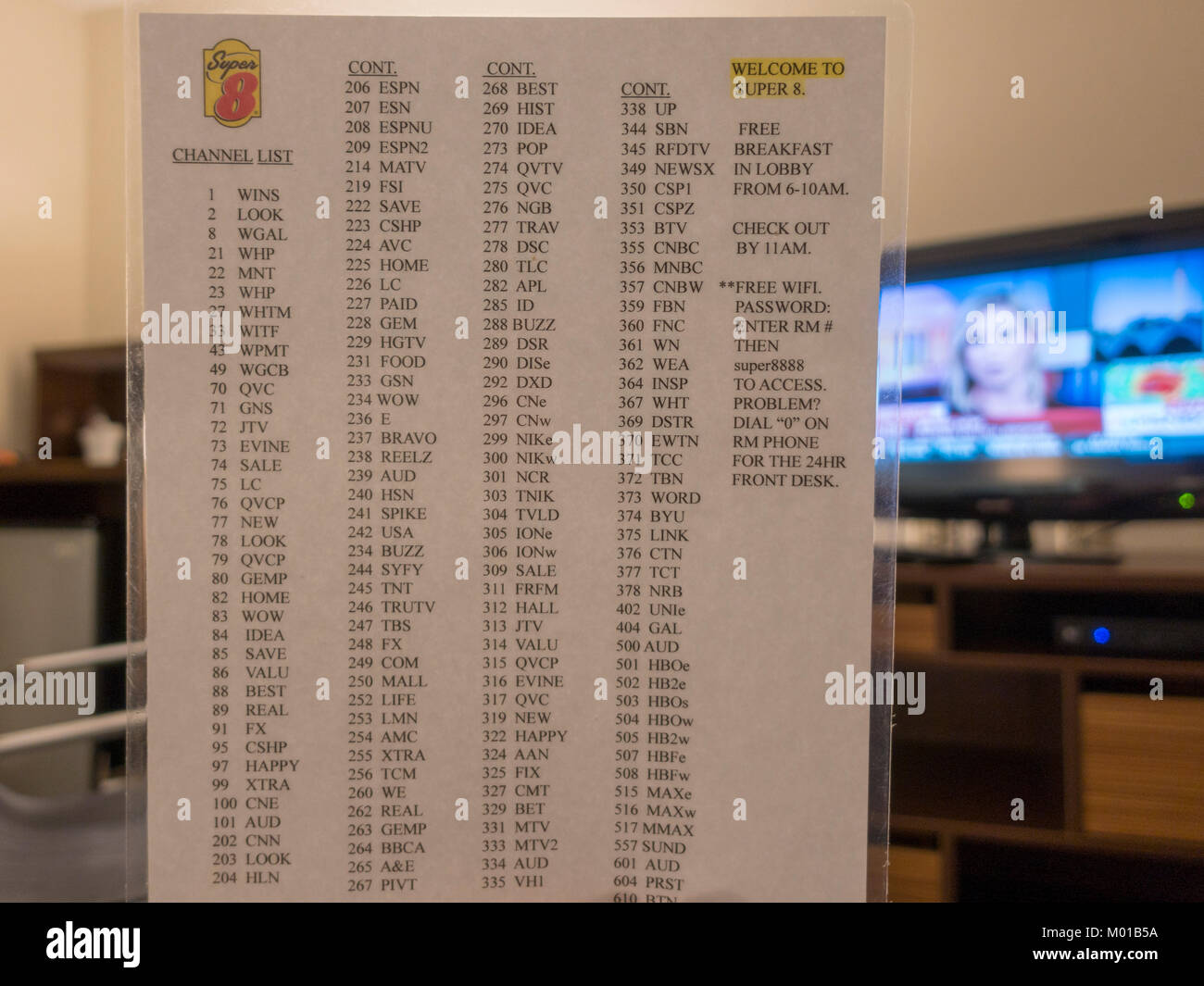The Ultimate Guide To Apollo Group Tv
The Ultimate Guide To Apollo Group Tv
Blog Article
Apollo Group Tv Fundamentals Explained
Table of ContentsThe Greatest Guide To Apollo Group TvEverything about Apollo Group TvFascination About Apollo Group TvRumored Buzz on Apollo Group Tv
In this scenario, instead of having three-minute industrial places during a 30-minute tv program, television programs might change to one where a customer will certainly be required to have a regular monthly registration, to ensure that they cen view targeted banner advertisements. This kind of advertising currently happens online, and the amount of information tv firms collect allows them to do much the exact same.Describe the major fads among the broadcasting and cable networks. Popular radio shows such as cops dramatization Dragnet and western cowboy series Gunsmoke were adapted for tv, and new Television shows were funded by single marketers, just as radio shows had actually been.
Today, the television sector is far extra complicated. Programs are sponsored by multiple advertisers; programming is controlled by significant media conglomerates; and the three major networks no more dominate the airwaves however rather share their audiences with various wire networks. Several factors represent these trends within the market, consisting of technical advancements, government policies, and the creation of new networks.

The Only Guide to Apollo Group Tv
Even public tv has become based on the influence of advertising and marketing. Established in 1969, (PBS) created out of a report by the Carnegie Commission on Educational Tv, which analyzed the function of educational, noncommercial tv on society. The record suggested that the federal government finance public television in order to provide diversity of shows throughout the network eraa solution produced "not to offer items" yet to "enhance citizenship and civil service (McCauley, 2003)." Public television was likewise meant to provide universal access to tv for customers in rural areas or audiences who can not manage to spend for private tv solutions.
The period between 1950 and 1970 is historically recognized as the. Other than a little portion of airtime controlled by public tv, the three significant networks (recognized as the Big 3) controlled the tv market, collectively accounting for even more than 95 percent of prime-time watching. In 1986, Rupert Murdoch, the head of international firm News Corp, released the Fox network, testing the prominence of the Big 3.
Targeting young and minority target markets with shows such as Buffy the Vampire Slayer, Moesha, Dawson's Creek, and The Wayans Bros., the brand-new networks wanted to attract stations far from their old network affiliations. Nonetheless, rather than repeating the success of Fox, UPN and WB struggled to make an impact. Not able to attract many associate stations, the two recently established networks got to less households than their bigger opponents since they were impossible in some smaller sized cities.
This choice led the way for the advancement of wire motion picture channels, adding to the exponential growth of cable television in the 1980s and 1990s. apollo tv group. Additional deregulation of cord in the 1984 Cable Communications Plan Act eliminated limitations on cable television rates, making it possible for operators to bill what they desired for cord solutions as long as there was efficient competitors to the service (a standard that over 90 percent of all cord markets could satisfy)
Getting My Apollo Group Tv To Work

Having actually developed the initial "superstation," Turner broadened his realm by founding 24-hour news network CNN in 1980. At the end of the year, 28 national programs services were readily available, and the wire revolution had started. Over the following years, the market went through a period of rapid development and appeal, and by 1994 audiences could select from 94 standard and 20 costs wire solutions.
Figure 9 - https://vickboyd3319.wixsite.com/apollo-group-tv/post/a-comprehensive-guide-to-the-apollo-group-tv-app-your-ultimate-streaming-solution.16 Increased competitors from wire channels has created a steady decline in the networks' audience scores. During the 1950s, the cost of producing a solitary television show increased as programs came to be much longer and production prices soared. Sponsorship on network television changed from solitary sponsorship, in which a program was completely sustained and created by one marketer, to several sponsorship, in which marketers got 1- or 2-minute areas on the show
Select one of the Big 4 networks and print out its regular shows routine. Enjoy the network's prime-time programs over the training course of a week, noting the target demographic for each show.
An Unbiased View of Apollo Group Tv

Linear TV, typically referred to as conventional program TV, includes cord and satellite tv. It's called "direct" due to the fact that web content follows an established shows routine, unlike on-demand web content which the individual viewer chooses to view based on their own choices and routine. So, when you ask, "What is linear television?", assume of it as the timeless way of enjoying TV that has actually been around for years.
Report this page